|
Cobb Landmarks has engaged the University of West Georgia to perform dendrochronology (the study of tree rings) on logs at the Power-Jackson Cabin. Dating the tree rings (also called growth rings) to the year they were formed may help determine when the trees were cut down to construct the cabin. This is part of our ongoing effort to better understand and preserve the cabin.
0 Comments
The Power-Jackson Cabin currently stands on private property on Post Oak Tritt Road in the eastern part of Cobb County. It is one of the last examples of a single-pen (one-room) log house remaining in Cobb County. The cabin was owned by William Power and was given to his daughter, Martha Jane, and her husband, Jeptha C. Jackson, between 1840 and 1850. Evidence suggests the cabin pre-dates the Cherokee Land Lottery, which could make it the oldest existing structure in Cobb County. Volunteer researchers are currently reviewing 1834 property claims in an attempt to identify the original owner.
In addition to possibly being the oldest structure remaining in Cobb County, the cabin is also a rare example of what is referred to as a rived log house. With rived logs, the logs are not hewn. Instead, the logs are split, leaving the rounded surface on the exterior and a smooth flat surface on the interior. This type of construction was used with large trees so that each tree produced two logs. It is a rare type of construction which makes the Power-Jackson Cabin truly unique. Today the cabin is threatened by both prolonged neglect and site development. Cobb Landmarks & Historical Society, Inc. (Cobb Landmarks) has for many years advocated for the long-term preservation of the cabin. Recent efforts have included meeting with Cobb County Commissioners, speaking at Cobb County Planning Commission Zoning Hearings, and helping arrange for acclaimed log cabin expert Vic Hood to evaluate the cabin. The purpose of Hood’s visit was to determine if the cabin could be saved and the scope of work a restoration project might entail. Hood determined the cabin is still salvageable, but that time is running out. Cobb Landmarks has recently been in conversation with the cabin owner, Cobb County, and the Cobb County Historic Preservation Planner about relocating the cabin to Hyde Farm Park. The park is located roughly six miles away from the current location of the cabin. Hyde Farm presents a wonderful opportunity for a number of reasons, including the presence of two additional Power family cabins. Hyde Farm was originally settled by James Cooper Power during the 1830s. His cabin still stands, though it is now concealed inside the Hyde farmhouse, which was constructed around the cabin during the 1920s. Hyde Farm is owned by Cobb County. The historic structures on the site have been meticulously restored using Special Purpose Local Option Sales Tax (SPLOST) funds and the property is open to the public as a passive park. Adjacent to Hyde Farm is another historic property with a Power family cabin. This property includes a cabin believed to have been built by George Abner Power about 1843. Power family descendants owned the property until 1996, when it was conveyed to the Trust for Public Land. The cabin and 2.5 acres of land were donated to Cobb Landmarks in 1999. Cobb Landmarks maintains the cabin and organizes tours of the property. Having the Power-Jackson Cabin join her sibling cabins at Hyde Farm creates a unique opportunity for the public to view three pioneer log cabins that, at one time, all belonged to members of the same family. Finally, and perhaps most importantly, Cobb County PARKS has had discussions with the district commissioner to possibly use Hyde Farm 2016 SPLOST funding to restore the cabin, with Board of Commissioners approval. Commissioner Jerica Richardson believes this to be a worthwhile investment to the community. With approval of restoration, Cobb PARKS would be responsible for maintaining the cabin in perpetuity. Private funds must be raised to pay for the disassembly, tagging, and relocation of the logs, but once the cabin is transferred to Cobb County PARKS, SPLOST funds could be used to reconstruct and restore the cabin. The cost to relocate the cabin is roughly $65,000 and the cost to restore the cabin is roughly $300,000. This partnership between Cobb Landmarks and Cobb County PARKS represents a meaningful and significant investment in the preservation of local history and offers a path for the rescue and protection of the Power-Jackson Cabin. Learn more and make a donation here. Juneteenth marks the end of slavery in the United States. Although the Emancipation Proclamation had declared “all persons held as slaves” would be “forever free” on January 1, 1863, it wasn’t until U.S. Major General Gordon Granger read General Order #3 at Ashton Villa in Galveston, Texas on June 19, 1865, that the last enslaved people in America were finally set free. Juneteenth, a combination of “June” and “nineteenth,” commemorates that day. In 1860 Marietta had 297 households and a population of approximately 2,600. Of the 297 households, 137 (46%) held slaves. The same census shows that there were four enslaved people at the William Root House property: two men and two women, ages 35 to 73. Recently discovered Root family papers and new research into public documents are helping to tell the story of the lives of these individuals. At the Root House Museum, an 1830s log cabin is used to help tell the stories of the enslaved individuals who labored at the Root House property and would have lived in a similar cabin. A garden sculpture erected next to the cabin is dedicated to the 1,200+ enslaved individuals living in Marietta prior to 1860 whose names were not recorded and are now lost to time. The William Root House Museum invites the community to learn about Juneteenth during a special event on June 10, 2023. The day will include guided museum tours, living history demonstrations, crafts, storytelling, and more. The museum is pleased to offer free admission during the event. WHAT: Juneteenth WHEN: June 10, 2023 10:00am-4:00pm WHERE: William Root House | 80 N Marietta Parkway, NW | Marietta, GA 30060 COST: FREE INFO: WilliamRootHouse.com ABOUT THE WILLIAM ROOT HOUSE: The Root House Museum is the first house museum in the U.S. to offer a fully self-guided touchscreen tour. One of the oldest homes in the Atlanta area, the Root House is more typical of its time and place than the columned mansions popularized by Gone With the Wind. While the home and grounds have been meticulously restored to their 1860 appearance, interactive electronic displays have been added to tell the story of the Root family and their enslaved house servants. The c. 1830 Power-Jackson Cabin has been abandoned for several decades. The cabin pre-dates the Cherokee Land Lottery and is likely the oldest existing house in all of Cobb County. The cabin and remaining property are threatened by development. Cobb Landmarks is working with the current owner to have an archaeological survey completed at the site. Cobb Landmarks is also exploring different options for the long-term preservation of the cabin, including the possibility of relocating it to a nearby park for public display. Today was our first time visiting the cabin to assess its condition and inspect the interior. We were encouraged by what we saw and are hopeful the cabin can still be saved. To support Cobb Landmarks and our efforts, visit CobbLandmarks.com/give. J.C. Bankston Rock House Dobbins Air Reserve Base/US Department of the Air Force Preservation Award The Bankston Rock House was built by J.C. Bankston and his sons during the late 1930s. The house is constructed of hollow-core brick tile veneered with uncut fieldstone. The house is one of the only structures surviving from the time period before the land was acquired by the United States Army during World War II. Cobb Landmarks recognizes Dobbins Air Reserve Base and the US Department of the Air Force for their continued stewardship of this exceptional example of stone masonry construction. Acworth Rosenwald School City of Acworth Preservation Award Acworth’s Rosenwald School was constructed during the 1920s when local schools were still segregated by race. At the time, Julius Rosenwald, part-owner of Sears, Roebuck & Company, offered grants to build schools for Black students throughout the South. He required the community to match the funds. Thirty years after it was constructed, the school was threatened by demolition. The community came together to disassemble the building and rebuild it where it currently stands for use as a community center. In the early 2000s Cobb Landmarks was awarded a grant through the Lowe's Foundation and the National Trust for Historic Preservation to make much-needed repairs to the aging structure. Recently, the City of Acworth completed a top-to-bottom renovation of the school building. Cobb Landmarks would like to recognize the City of Acworth for faithfully maintaining and renovating of this important landmark. Lemon Street Grammar School Marietta City Schools Preservation Award In 2019 Cobb Landmarks met with Marietta City Schools to discuss the uncertain future of the c. 1950 Lemon Street Grammar School. The district needed more space, and the old Grammar School building was mostly abandoned and in need of substantial upgrades and repairs. After an extensive rehabilitation, Lemon Street Grammar School was returned to its original use: educating Marietta's students. Marietta City Schools worked to preserve the building's exterior and key architectural features while rehabilitating the interior, making it conducive to a modern learning environment. The school reopened in 2021. Inside, exhibit panels tell the story of the once-segregated school system, while outdoor interpretive panels focus on the history of the surrounding community. Cobb Landmarks would like to recognize Marietta City Schools for investing in the rehabilitation of the Lemon Street Grammar School and for working to share the history of the school and community with the people of Marietta. First Baptist Church Marietta Preservation Award Completed in 1897, the First Baptist Church Chapel is constructed of Georgia granite and marble. Designed in the Victorian-Gothic style, the historic structure retains many original features, including wood trim, curved oak pews, chandeliers, and stained glass windows. During the 1960s the original bell tower was removed because of structural concerns. First Baptist Church Marietta began a multi-million-dollar renovation of the campus in 2019. The project included structural repairs, waterproofing, abatement, stained glass window restoration, and reconstruction of the previously removed bell tower. Cobb Landmarks would like to recognize First Baptist Church Marietta for preserving their historic structures and would like to thank members of the Grateful First Campaign who worked to make the project possible. Katie Stieber Volunteer of the Year Each year Cobb Landmarks recognizes an individual for exceptional commitment of time and energy to the organization. This year we are happy to honor Katie Steiber for her continued support of the Marietta Pilgrimage, our largest annual fundraising event. Katie has been a member of the Marietta Pilgrimage Committee for several years, but in the days leading up to the 2022 tour she went above and beyond to ensure its success. Each day that week, after completing her work day, she checked in with homeowners and helped them prepare their homes for the tour. Tasks she voluntarily took on included getting pine straw, hanging shower curtains, wrapping fake gift boxes, and climbing ladders to touch up exterior paint. All of this was completed outside her regular responsibilities as a committee member. Cobb Landmarks is so thankful for Katie’s commitment to the Marietta Pilgrimage and offers this award to her as a token of our gratitude. Cobb Landmarks Executive Director Trevor Beemon was recently contacted by historic photo collector Chad Carlson. Chad had just purchased a rare ambrotype of a young cadet wearing a Georgia Military Institute uniform. The Georgia Military Institute (GMI) operated in Marietta from 1851 to 1864, and images of cadets from GMI are extremely rare. In fact, only a dozen images of GMI cadets are known to exist. The image Chad had purchased was a real treasure. Trevor was excited to see it, but did not yet realize the true significance of the image. The image Chad had was an ambrotype, an underexposed glass negative placed against a dark background held together with a brass frame set inside a decorative wooden case. Chad had taken the case and frame apart and planned to clean the pieces and reassemble them. When he took everything apart he was able to reveal the name of the cadet which wasn't usually visible: W K Root. When Chad saw the name "W K Root" he did a quick search online and found the William Root House Museum. He reached out to Trevor looking to confirm that the image he had was of William Root's son, William (Willie) Kemper Root. There was only one problem. The person in Chad's ambrotype looked nothing like the Willie in a photo on display at the museum. The photo on display had been given to the Root House by Root family descendants. Among the images given to the museum, one was supposedly Willie and the other his brother, James. Trevor had always suspected that the two images were, perhaps, just two different photos of the same person. Chad's discovery seemed to confirm it. Was Chad's image really Willie? Analysis of the ambrotype and case gave Cobb Landmarks staff members a lot of clues. One clue was the handwriting labeling the image. Cobb Landmarks staff compared the handwriting to another verified image in the museum's collection. Next, Cobb Landmarks confirmed that Willie attended GMI and concluded that he had attended just one year - 1858. Finally, the image was compared to images of other members of the Root family. The resemblance between this new image of Willie and his sister, Mary Hannah, was strong. With this new information, and support from donors Terri and Steve Cole, Cobb Landmarks acquired the image from Chad. This new image will replace the mislabeled image currently on display, correcting an error, and giving visitors an opportunity to see, first-hand, that historic interpretation is never static. Historians are always making new discoveries and learning new things. It's amazing that, after operating the Root House as a museum for over thirty years, new artifacts from the Root family can still walk through the door. On December 7th Cobb Landmarks & Historical Society, Inc. joined members of the Carter family and distinguished guests, including Marietta Mayor Steve "Thunder" Tumlin, to dedicate a historic marker at the Carter Family House. The Cole Street house is significant in that it is among the oldest remaining historic Black residences in what was once one of Marietta’s largest historically Black neighborhoods. Over time, the Marietta Housing Authority acquired all of the property south of the Carter House, and the Cole Street Missionary Baptist Church acquired all of the property to the north. At one point, the Marietta Housing Authority tried to buy the Carter property, but the family resisted. Today the 1909 house is the only private residence remaining on the block.
Sarah Young and Oscar Carter purchased the house in 1944. The couple raised four children in the house: Donald, Oscar, Jr., Alphonse, and Kenneth. Oscar, Sr. worked as a custodian for Bell Aircraft Company during WWII, and later for the City of Marietta. Sarah worked as a "washer woman” according to the 1930 Census, as a "house maid” according to the 1950 Census, and, later in life, as a Practical Nurse at Dr. Remer Clark's office. She was an active education advocate and served as President of the Lemon Street PTA. Oscar, Sr. died in 1980, and Sarah died in 1991. Their son, Kenneth Carter, was executor of Sarah's will and purchased the Carter House at that time. Kenneth graduated from Lemon Street High School in 1952. He enlisted in the US Marine Corps during the Korean War. After completing his military duty, Kenneth pursued education, earning a degree from Lincoln University in Jefferson City, Missouri, and a Master's degree from the University of Indiana. Kenneth married Jeanie Martin in 1955. In 1962 and went to work as an educator, administrator, and coach in the Marietta City School System. He worked at Lemon Street School, Wright Street Middle School, Park Street Middle School, Lockheed Elementary School, Woods/Wilkins, Marietta Middle School, and Marietta High School. “Coach Carter,” as he was known, worked a total of 48 years in the Marietta school system. Jeanie, who still lives on nearby Lemon Street, helped to integrate the Marietta City School system as an educator during the 1960s. After teaching at Lemon Street Elementary and Wright Street Elementary, she began working at Hickory Hills Elementary. She taught in the system for 32 years, retiring at Marietta Middle School. After retiring from the classroom, she went on to become the first Black woman to be elected to the Marietta City School Board. She held that office for 16 years. Today the Carter House stands as a reminder of the legacy of the Carter family and as a symbol of the vibrant Black community which once surrounded it. The historic marker was erected through a partnership between Cobb Landmarks and the Marietta History Center’s Diverse Cobb Committee. The committee manages a grant fund created to erect historic markers in Marietta’s historically Black neighborhoods. The fund was established by Marietta residents Jo-Evelyn and Jim Morris. To nominate a site, or to contribute to the fund, please contact Cobb Landmarks at 678.594.4994. Nesbitt/Union Chapel has been on our Preservation Priorities list for many years. Originally constructed along Powder Springs Road during the 1880s, only ruins of the chapel remain today. Last year the site made significant progress toward improvement. In April 2021, representatives from Friends of Nesbitt/Union Chapel, Cobb County PARKS, and Cobb Landmarks met to discuss what could be done with the $221,000 allocated to Nesbitt/Union Chapel from the Special Local Option Sales Tax (SPLOST), and how the project will proceed.
The first step was site cleanup. The county started by clearing the property of invasive trees and vines, dead limbs, poison ivy, trash, and underbrush. The county received help from JE Dunn Construction, who held a volunteer day at the site. The next step is stabilizing the ruins, which the county is looking to incorporate into a ghost frame outlining the original front façade of the historic structure. For this, the plan is to spend the majority of the SPLOST funds constructing a metal frame for the front of the building. The ghost frame will include the bell tower (so that the original bell can be rehung), the front door arch (so that the lintel can be reset), and the sides of the chapel just past the first two windows. Much of the original structure has collapsed through the years. Because of this, there is a multitude of stone scattered around the property. With input of the Friends group, it was decided to use some of the stone to construct a short wall to show the perimeter of the original building. Additionally, there are plans to interpret the site using informational signage. The county has cautioned that the entire project may take quite some time to complete. Currently, the project has been sent out for bids. Now we eagerly await the selection of a contractor and look forward to continuing to guide the Friends group and the county in the preservation of this important resource. What is SPLOST? Per State of Georgia Legislation, a Special Local Option Sales Tax (SPLOST) is an optional county sales tax used to fund capital outlay projects proposed by the county government or participating qualified municipal governments. Funding can be used for projects such as the building of parks, schools, roads, and public facilities. SPLOST funds cannot be used for operating expenses or maintenance of any county or municipal facilities.
MARIETTA, GA, June 16, 2021 - Cobb Landmarks & Historical Society dedicated a new sculpture at the William Root House on June 12, 2021. The Root House was built circa 1845 for Hannah and William Root, early settlers of Marietta. Born in Philadelphia in 1815, William moved to Marietta in August 1839 to open a drug/mercantile store on the Marietta Square. During the 1990s, the Root House was meticulously restored to its original appearance and is now operated by Cobb Landmarks as a historic house museum.
Situated on the Root House property is the circa 1830s Manning Family Cabin. Cobb Landmarks uses the cabin to help tell the stories of the enslaved individuals who labored at the Root House property and who would have lived in a similar cabin. The 1860 census shows that Marietta had 297 households and a population of approximately 2,600. Of the 297 households, 137 (46%) held slaves. According to the 1860 slave schedule (census), Marietta's slave population in 1860 was roughly 1,200, meaning that almost 45% of Marietta’s total population was enslaved at that time. To honor and remember the the more than 1,200 enslaved people living in Marietta prior to the end of the Civil War, Cobb Landmarks partnered with Kennesaw State University’s (KSU) School of Art and Design to create a new garden sculpture. For the sculpture, KSU students used state-of-the-art scanning technology to 3D scan living history interpreter Misha Harp. This scan was used to print a maquette of the sculpture using a 3D printer, which helped inform sculptors as they crafted the full-size sculpture. The unveiling, which attracted a large crowd, included remarks by Executive Director Trevor Beemon, Living History Interpreter Misha Harp, Master Craftsman Page Burch, and a poetry reading by Sprayberry High School student Courtney Brown. ABOUT THE WILLIAM ROOT HOUSE: Owned and operated by Cobb Landmarks & Historical Society, the William Root House is one of the oldest homes remaining in the Atlanta area. Interactive touchscreens and comprehensive exhibits tell visitors about life in antebellum Georgia. Home to the Root family from 1845 to 1886, the house and property have been meticulously restored to their c. 1860 appearance. |
Cobb LandmarksWe are committed to empowering our community with an understanding of the events, people, and places that formed our past, so that we may all strive for a brighter future. Won't you join us? Archives
May 2024
Categories
All
|
|
You must think preserving local history is important or you wouldn't be reading this!
Did you know we're a 501(c)(3) nonprofit organization? That means we rely 100% on financial support from businesses, foundations, and individuals - people just like you! If you support our mission to share the stories and preserve the places that form our community, please consider getting involved! |
NEWSLETTERSign up with your email address to receive discounts, event reminders, and preservation updates.
|
MOST Viewed Pages |
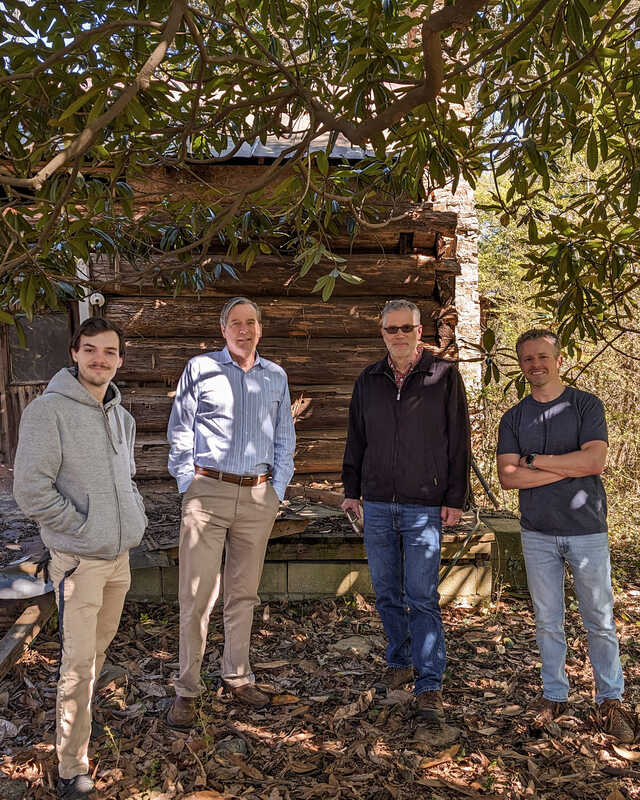
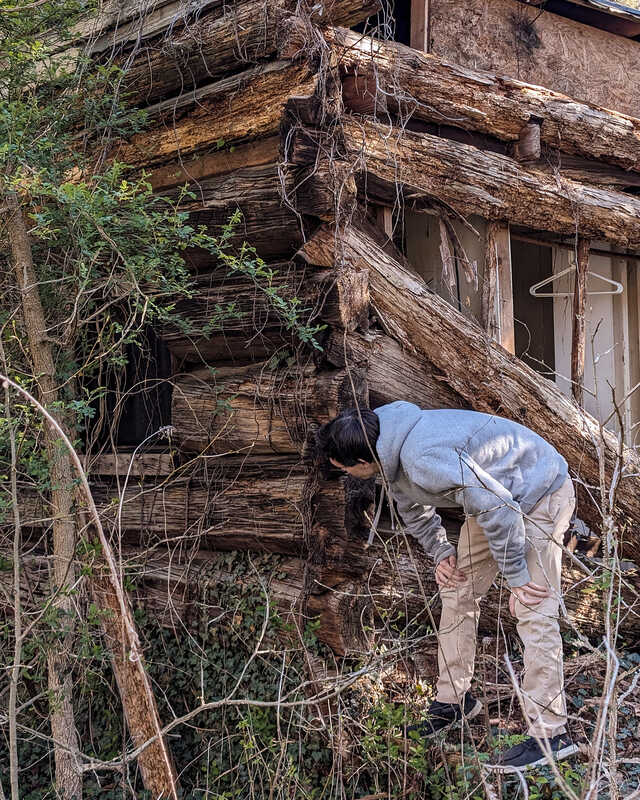
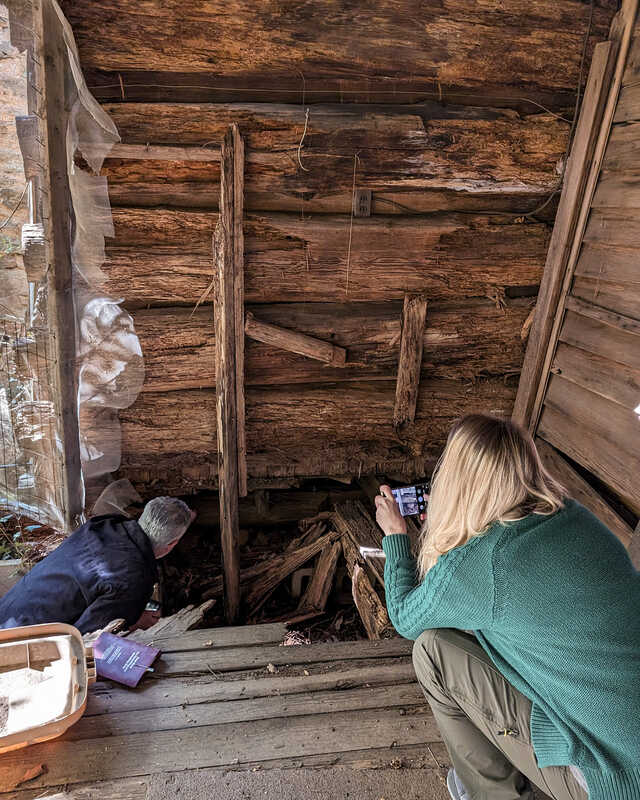
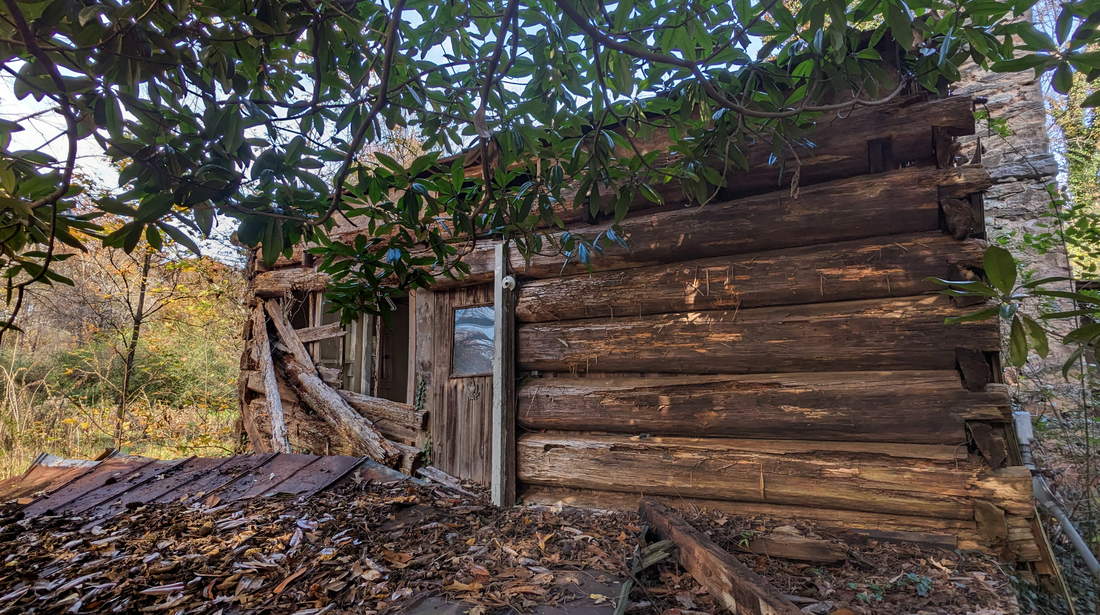
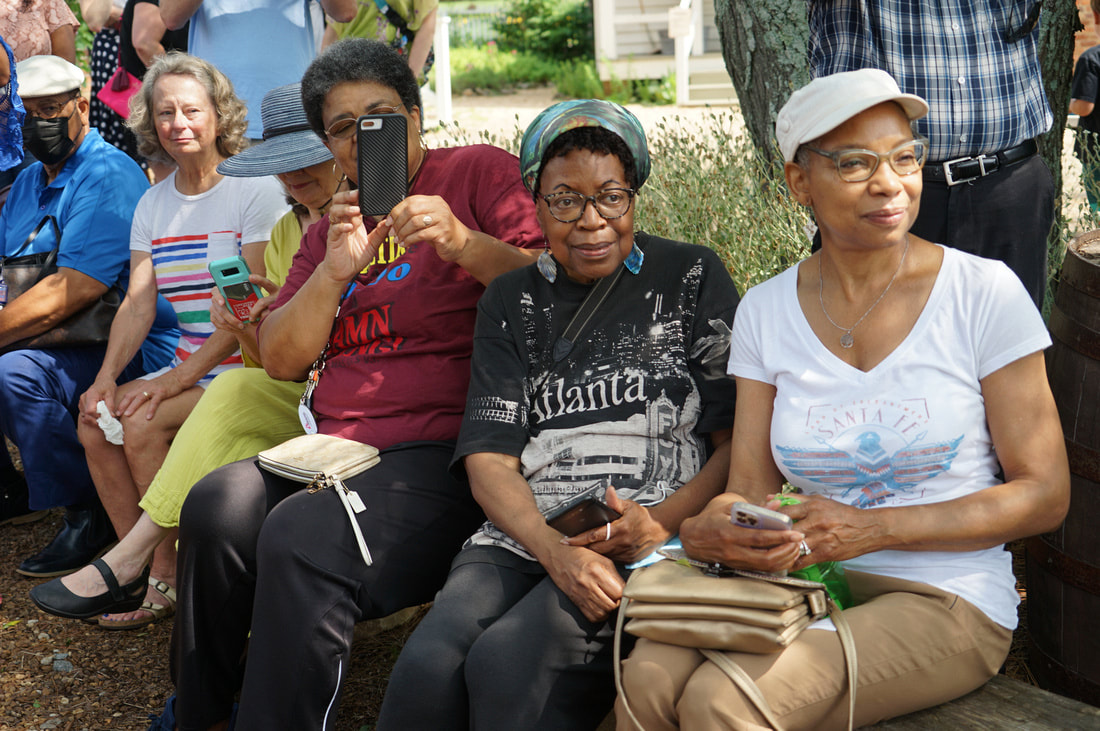
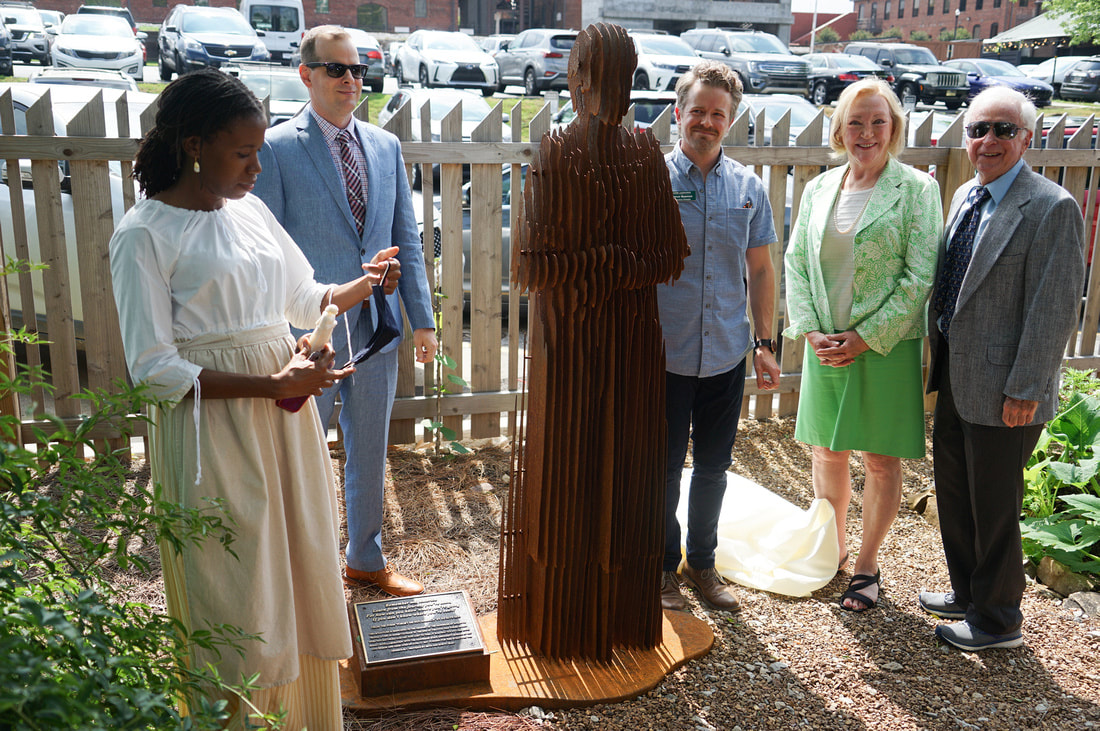
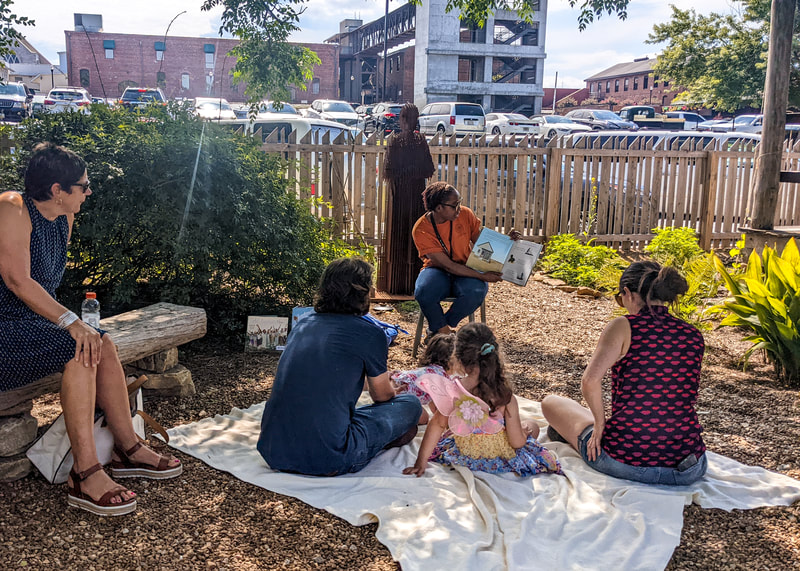
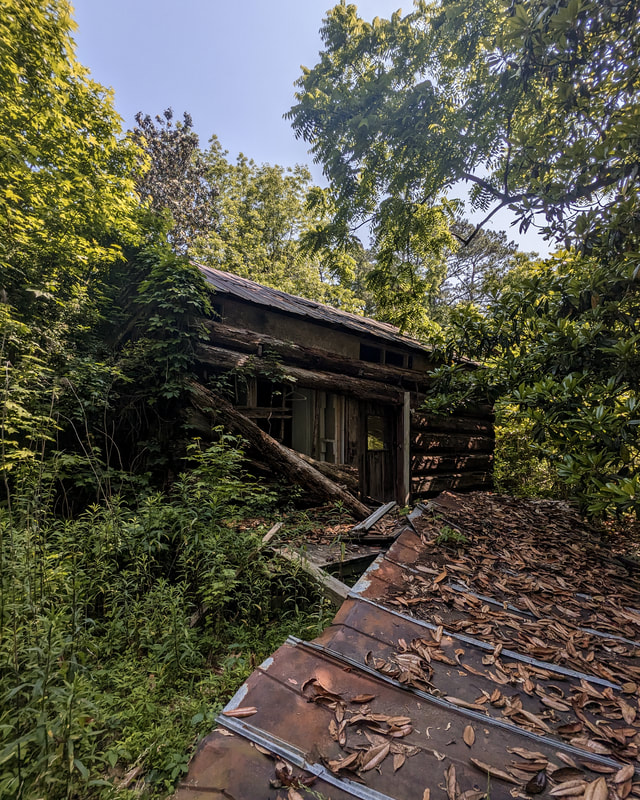
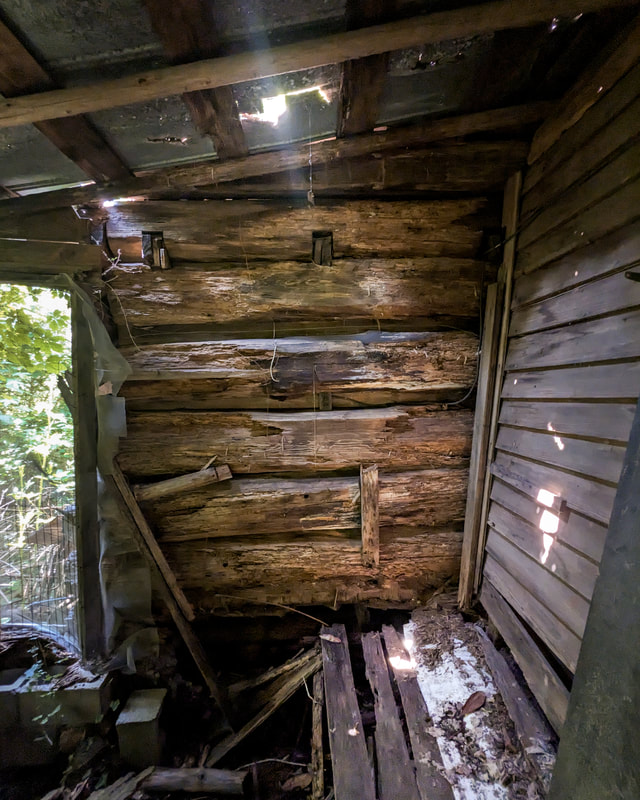
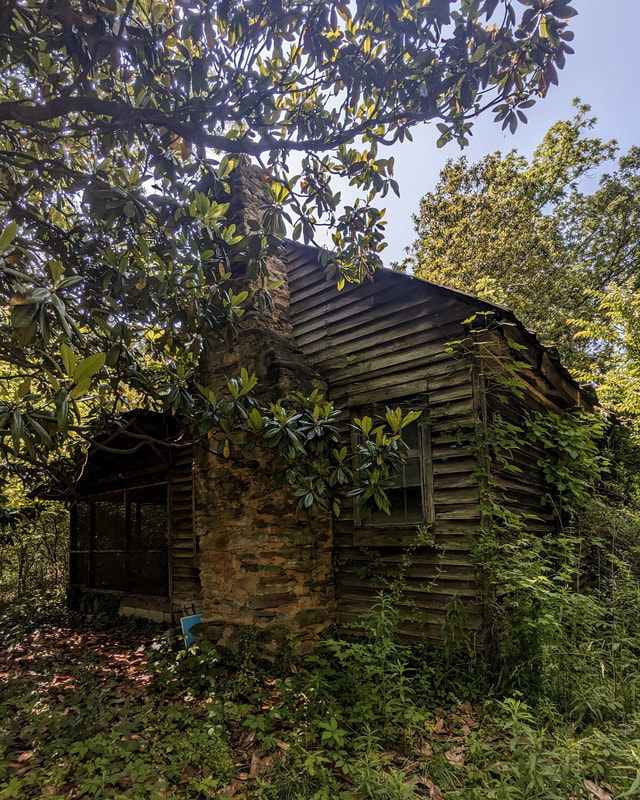
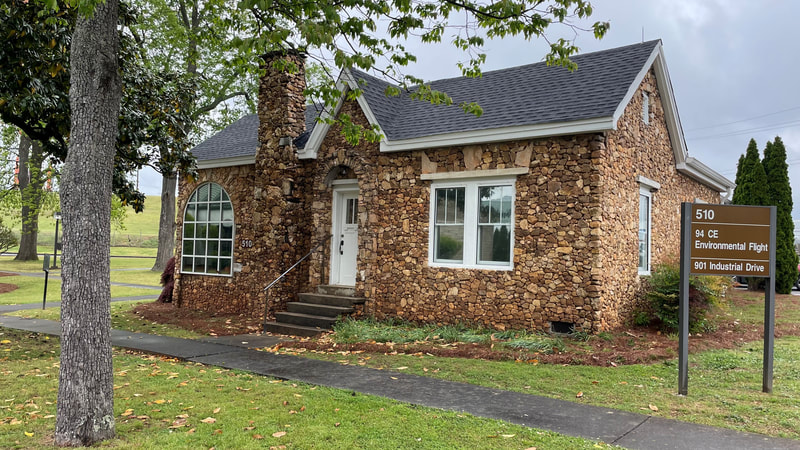
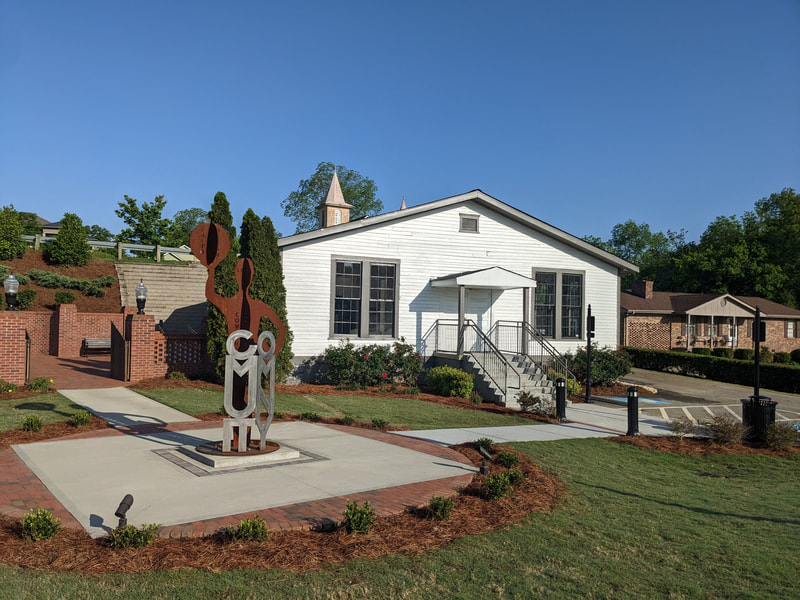

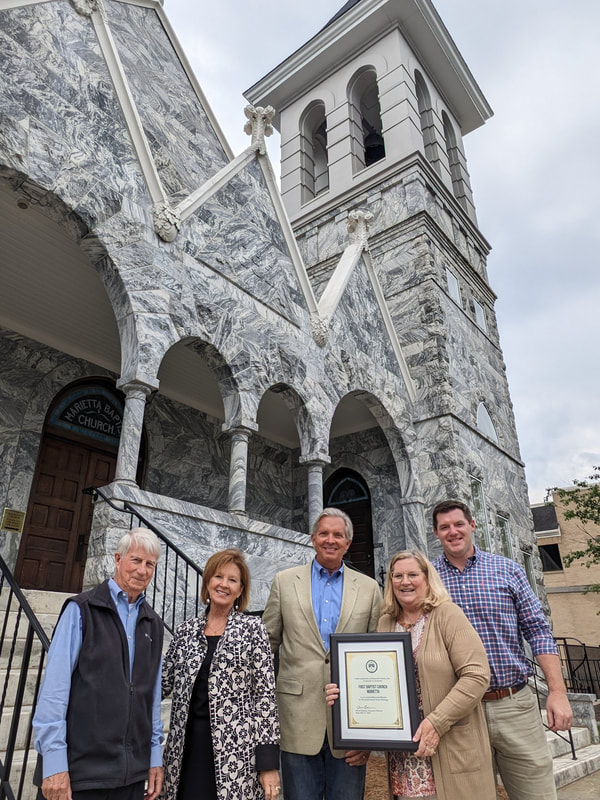
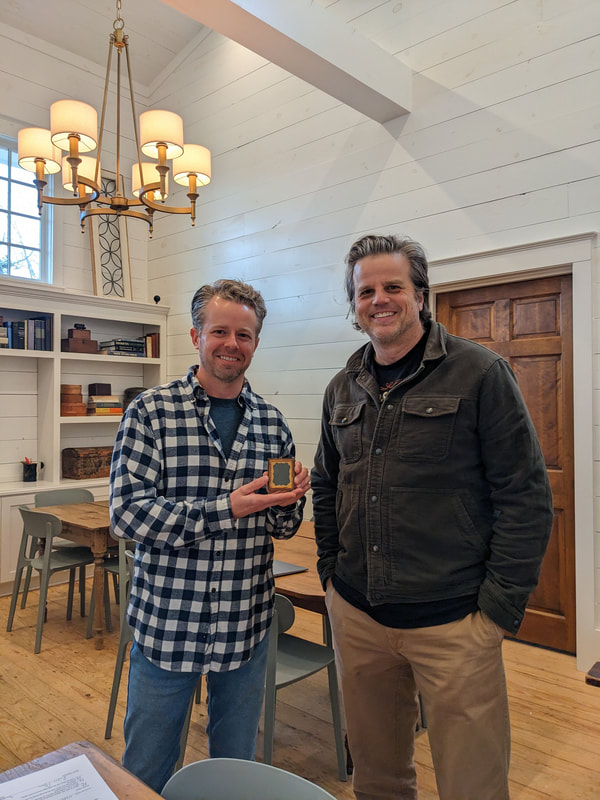
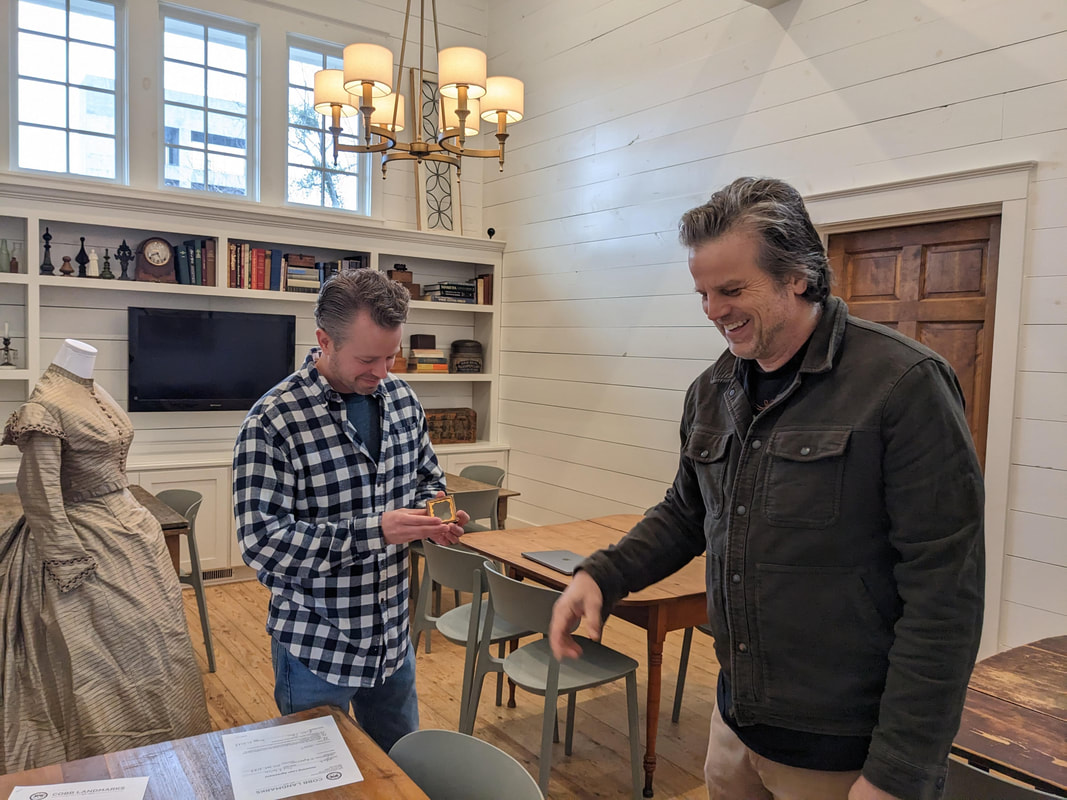
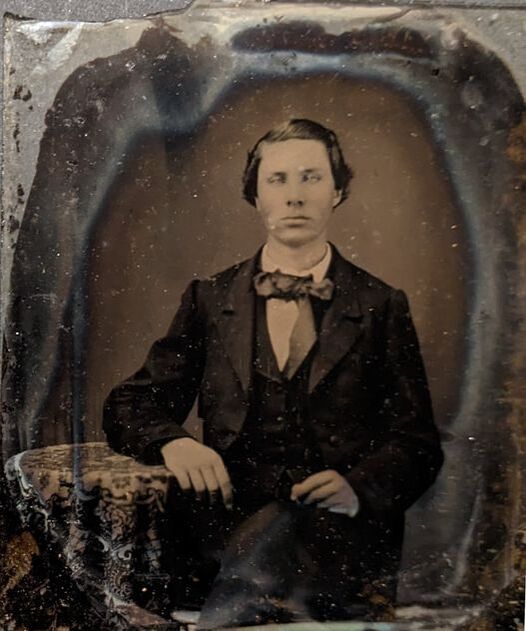
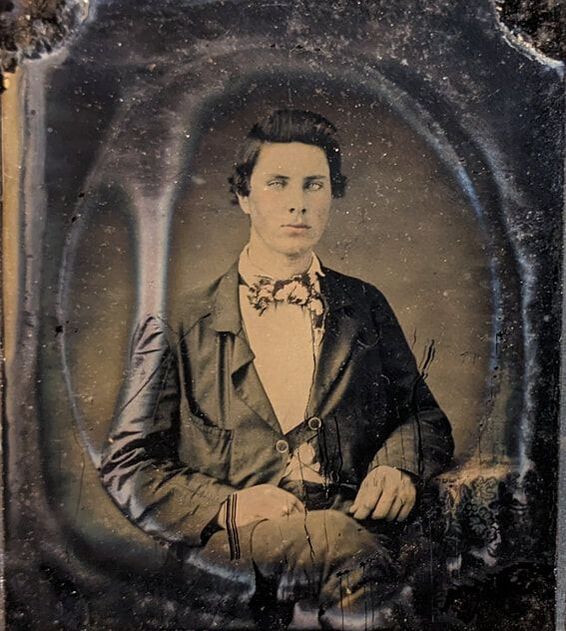
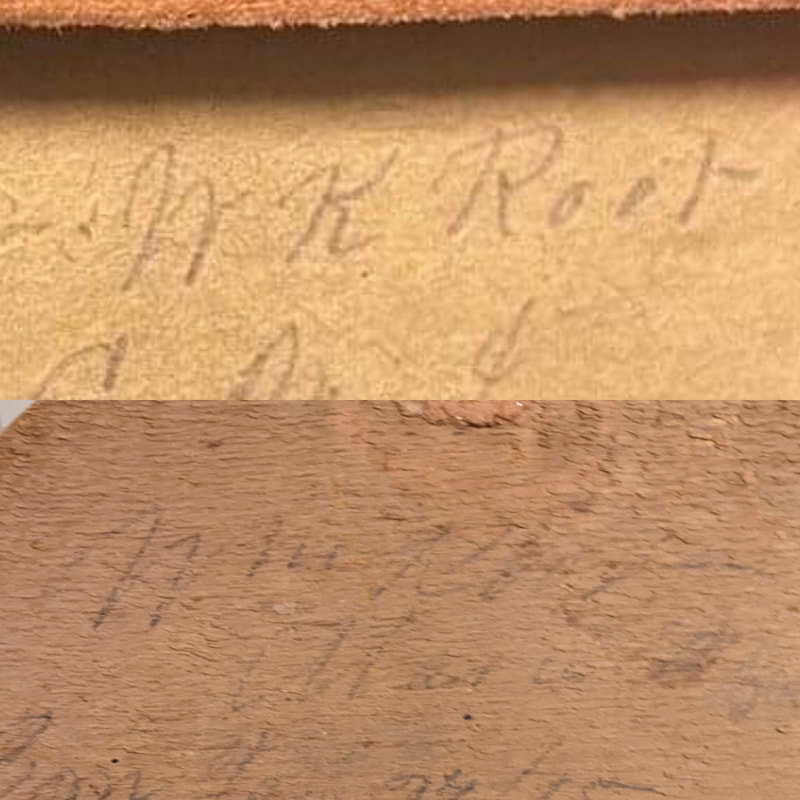
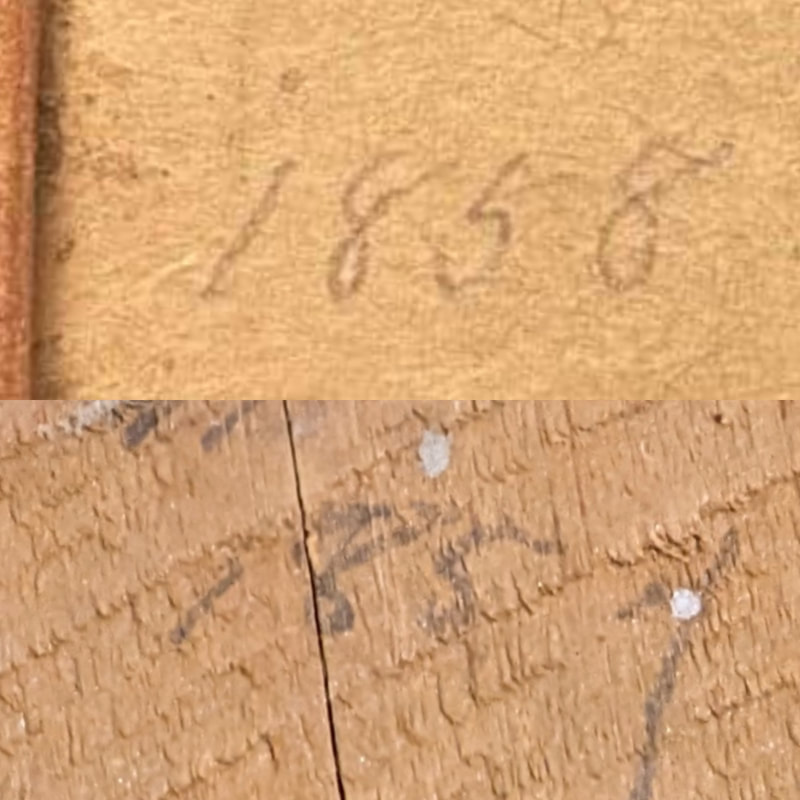
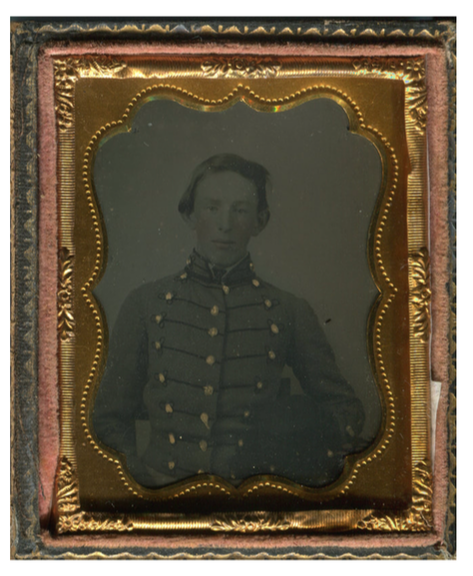
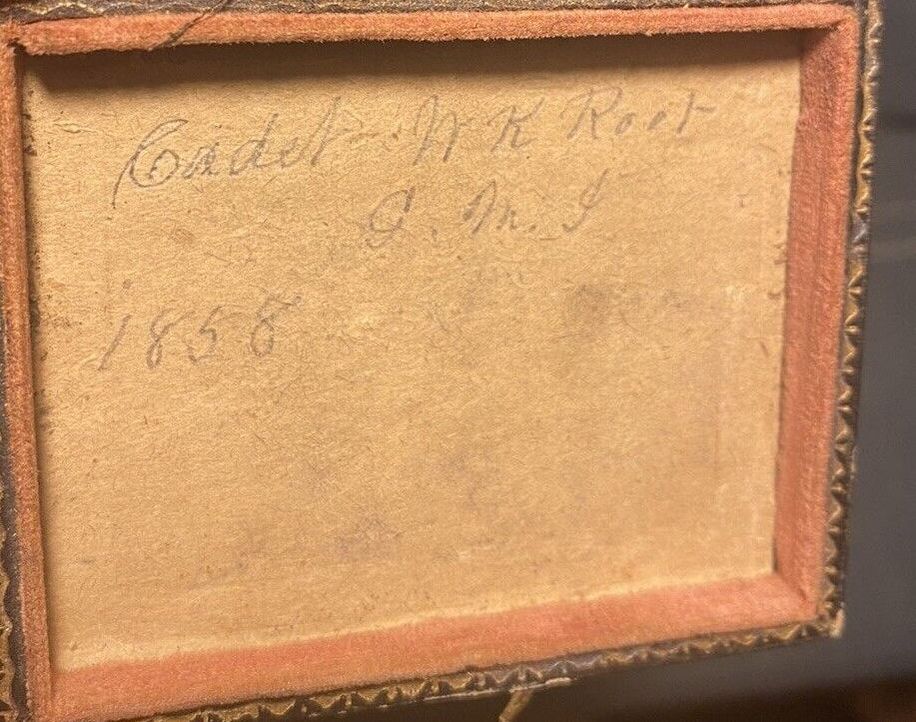
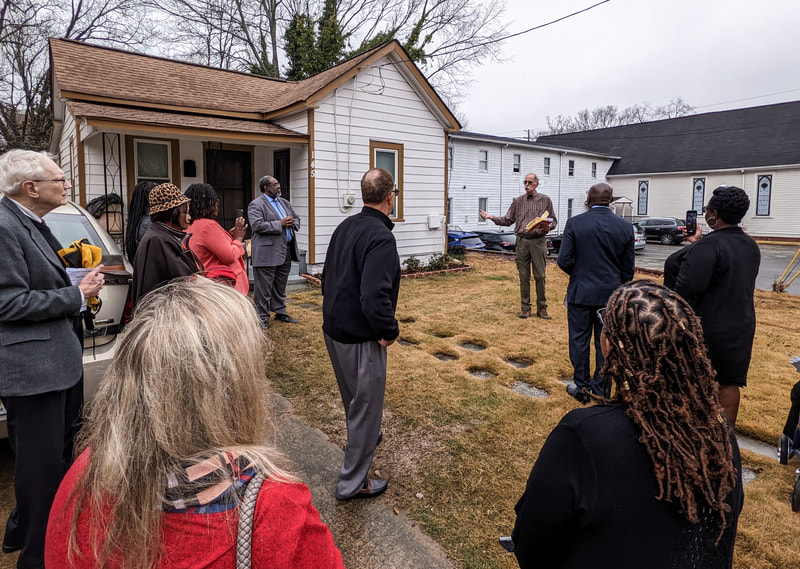
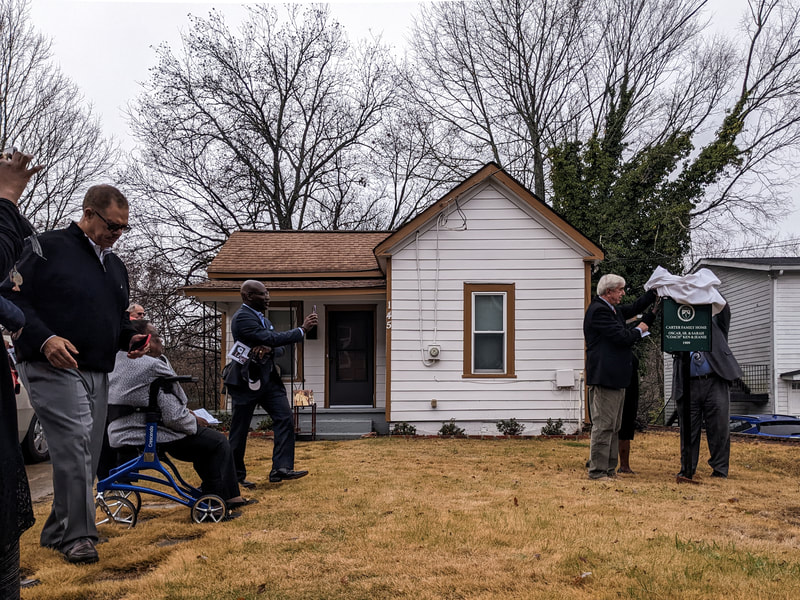
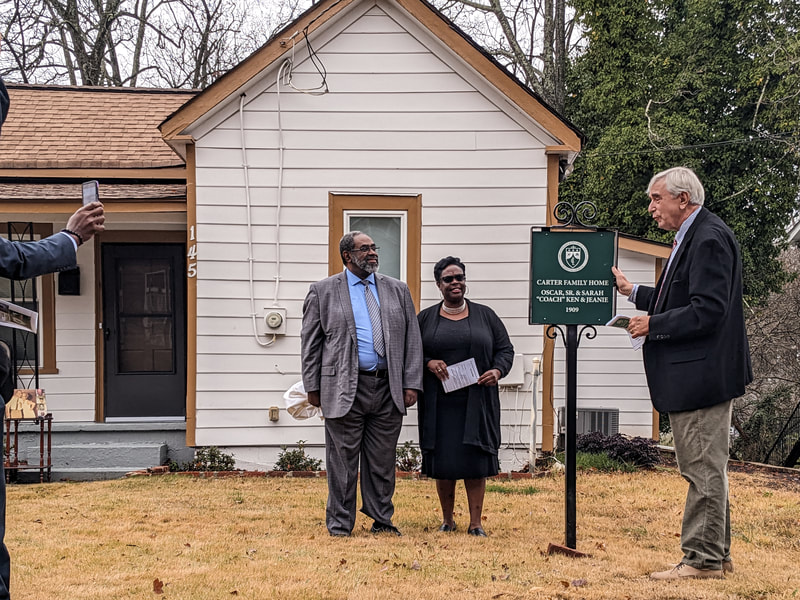
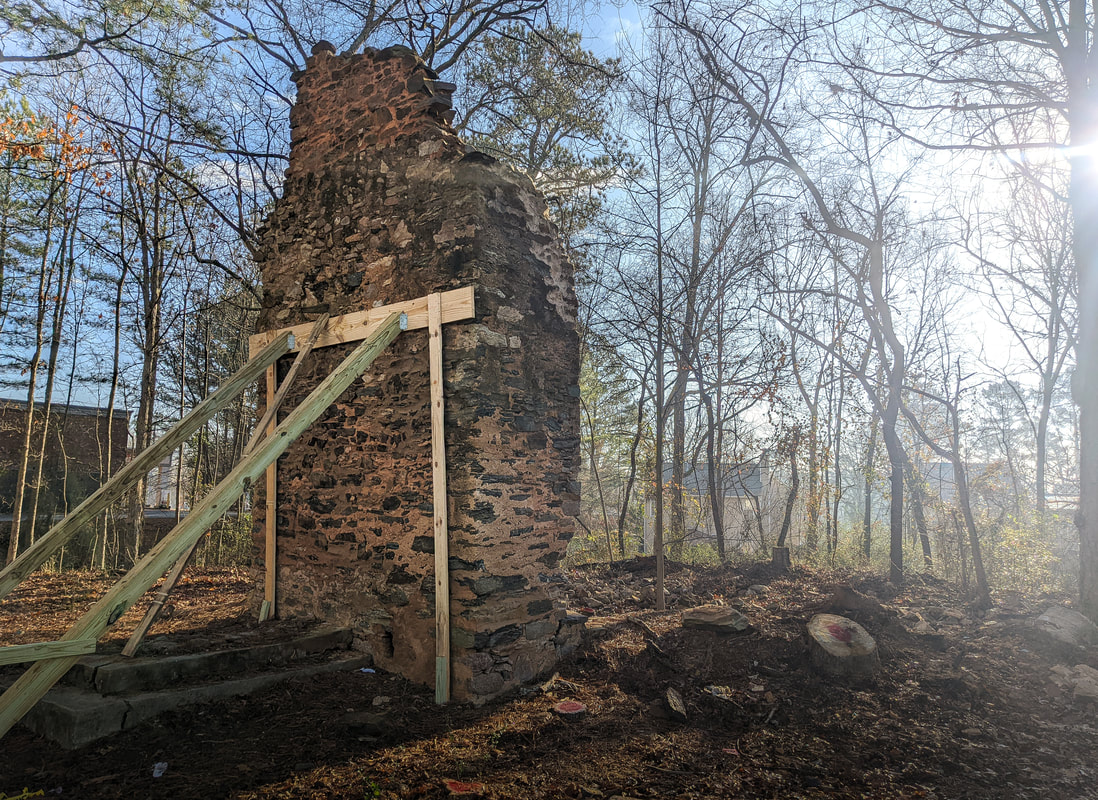
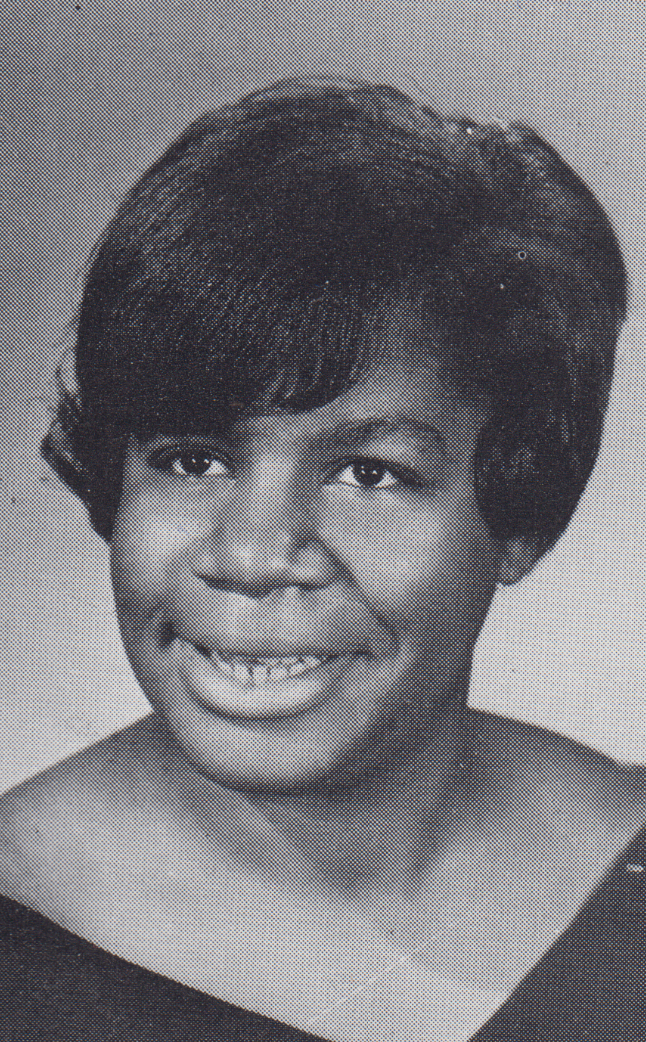
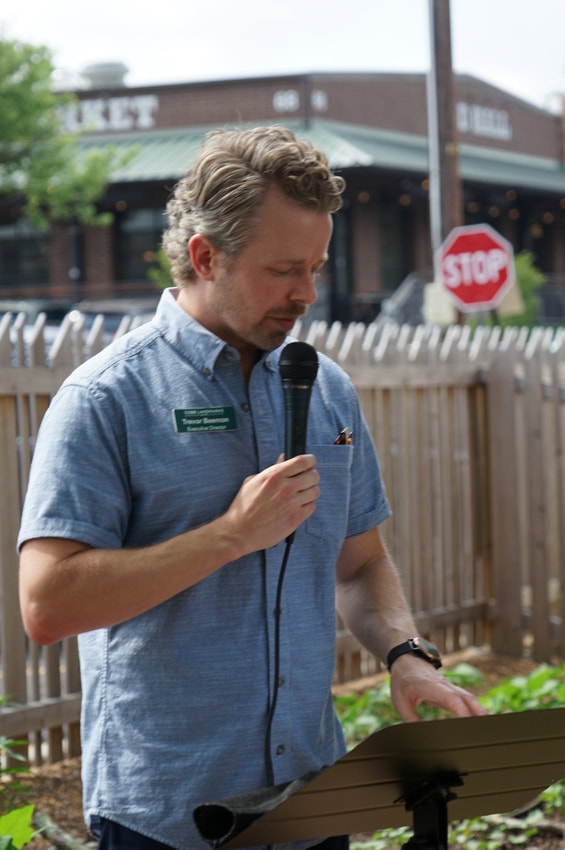
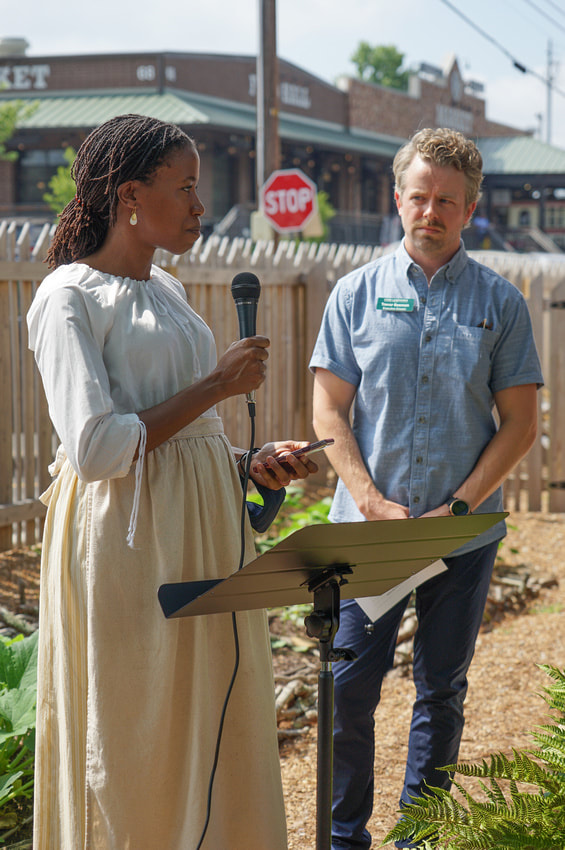
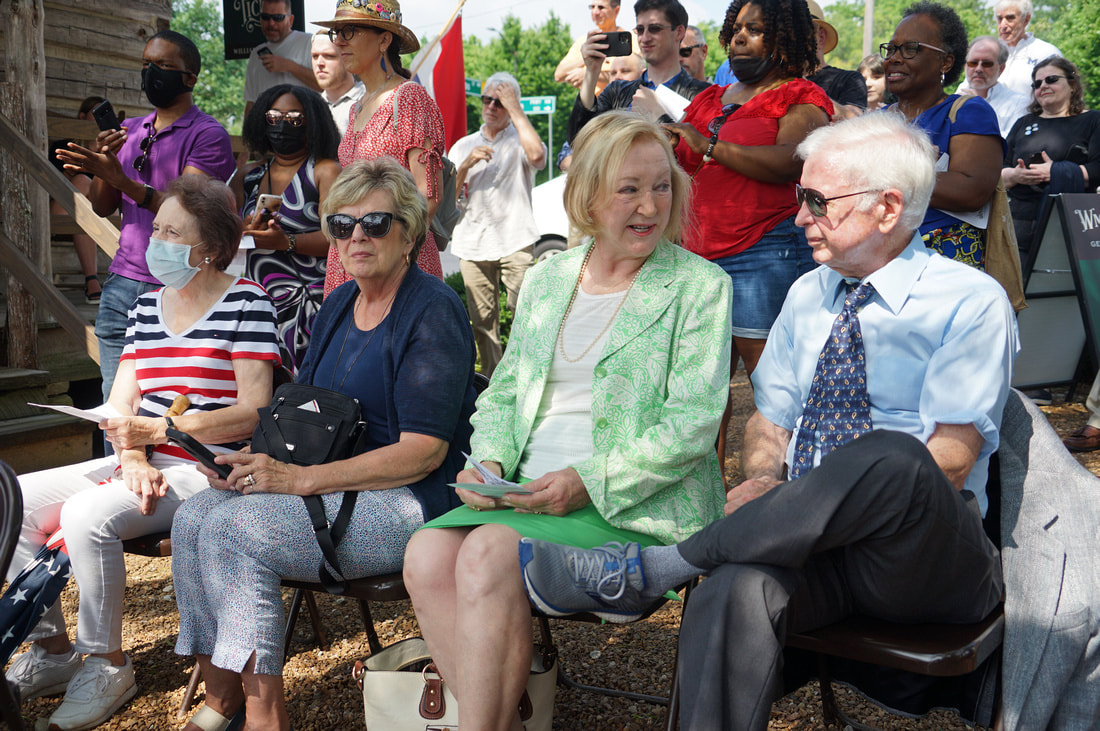
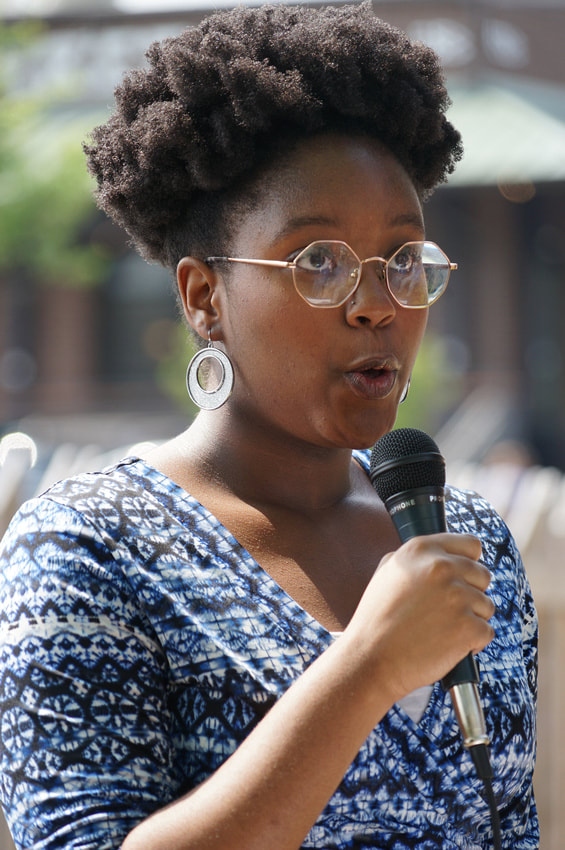
 RSS Feed
RSS Feed
